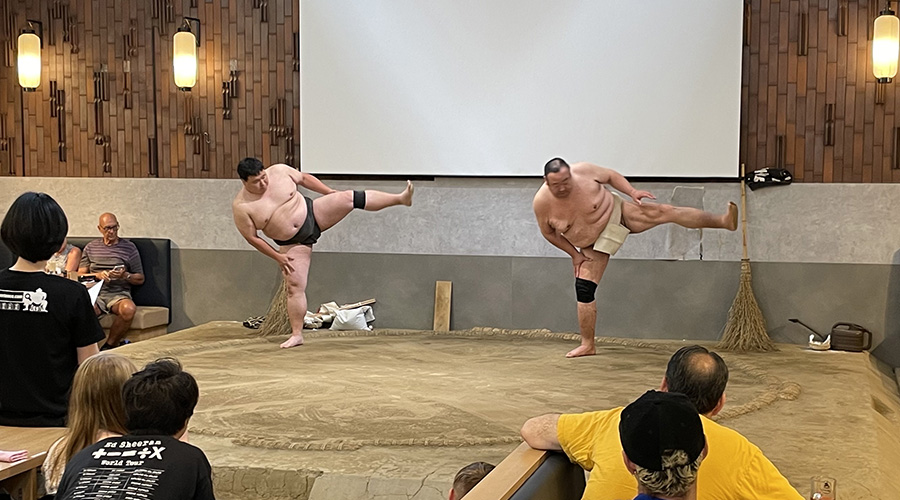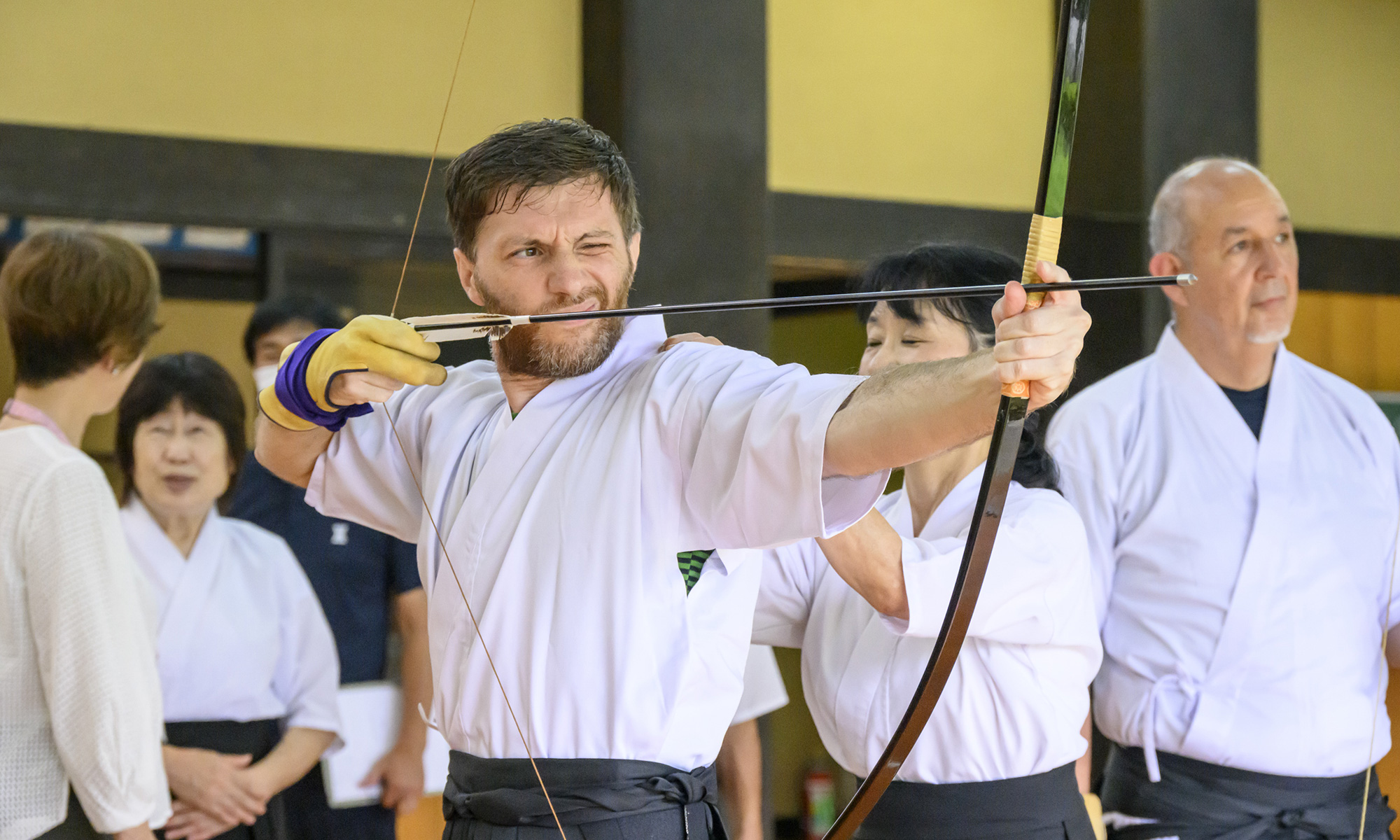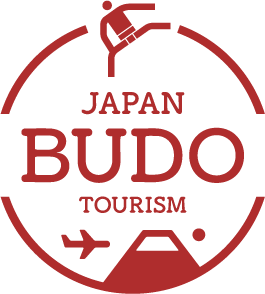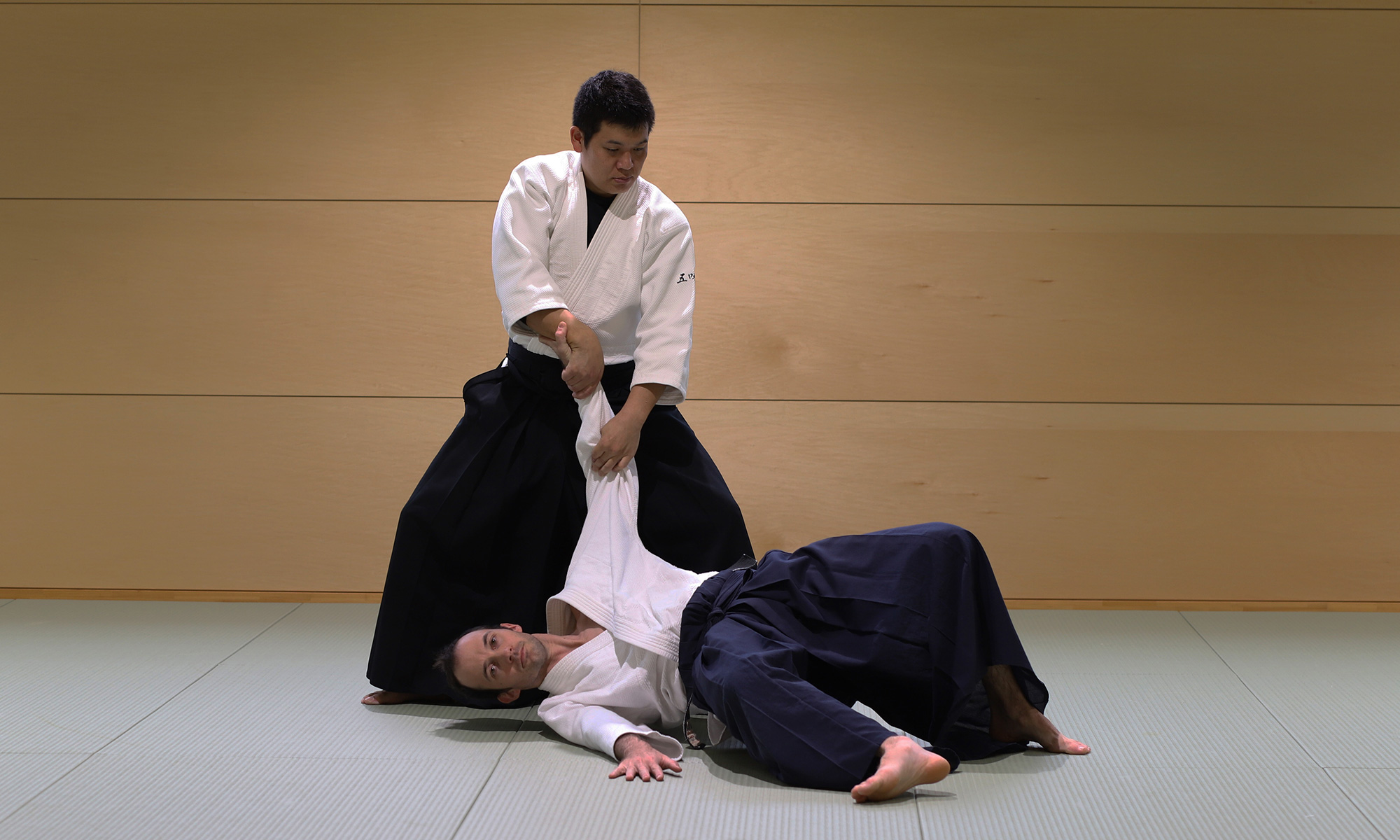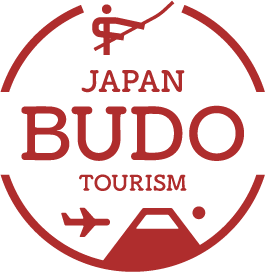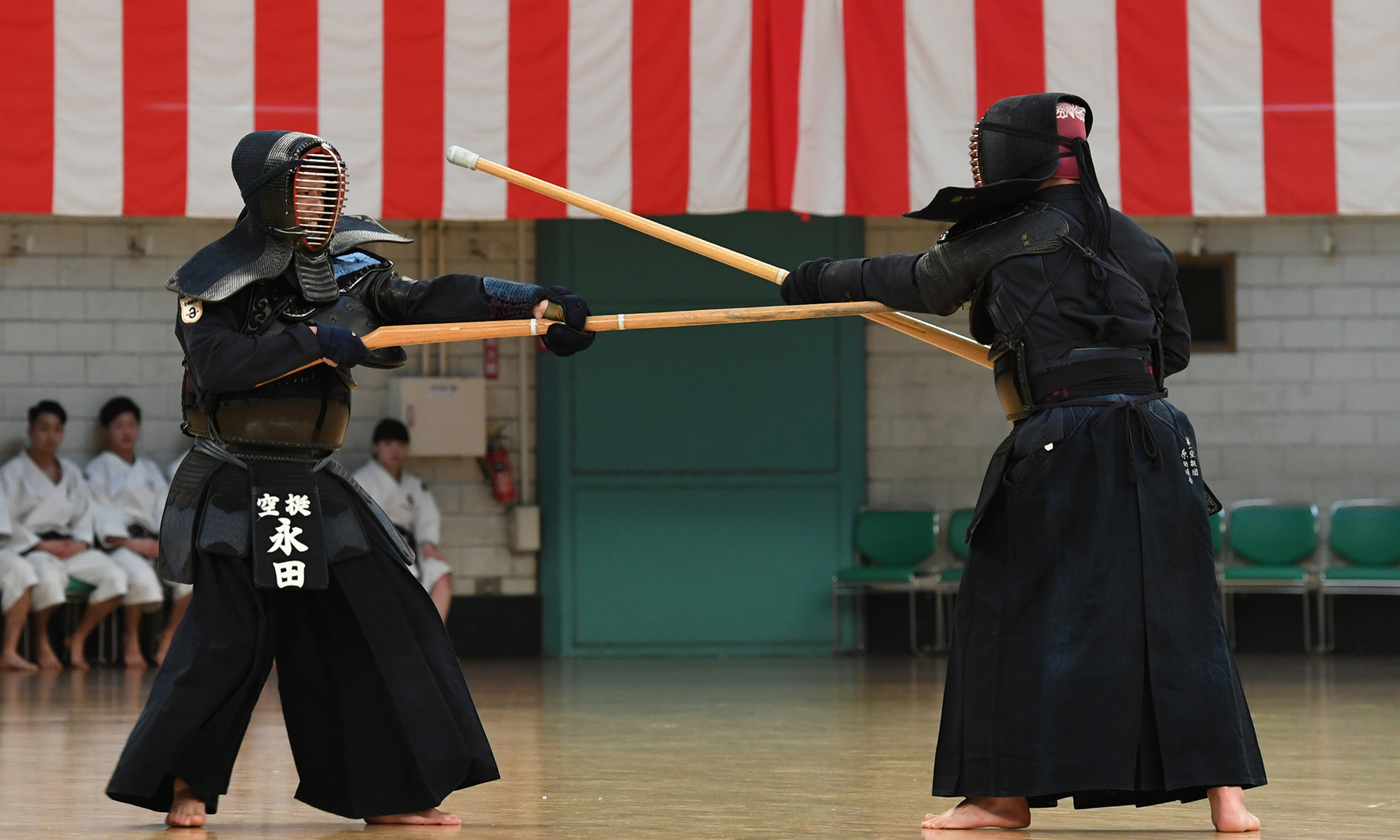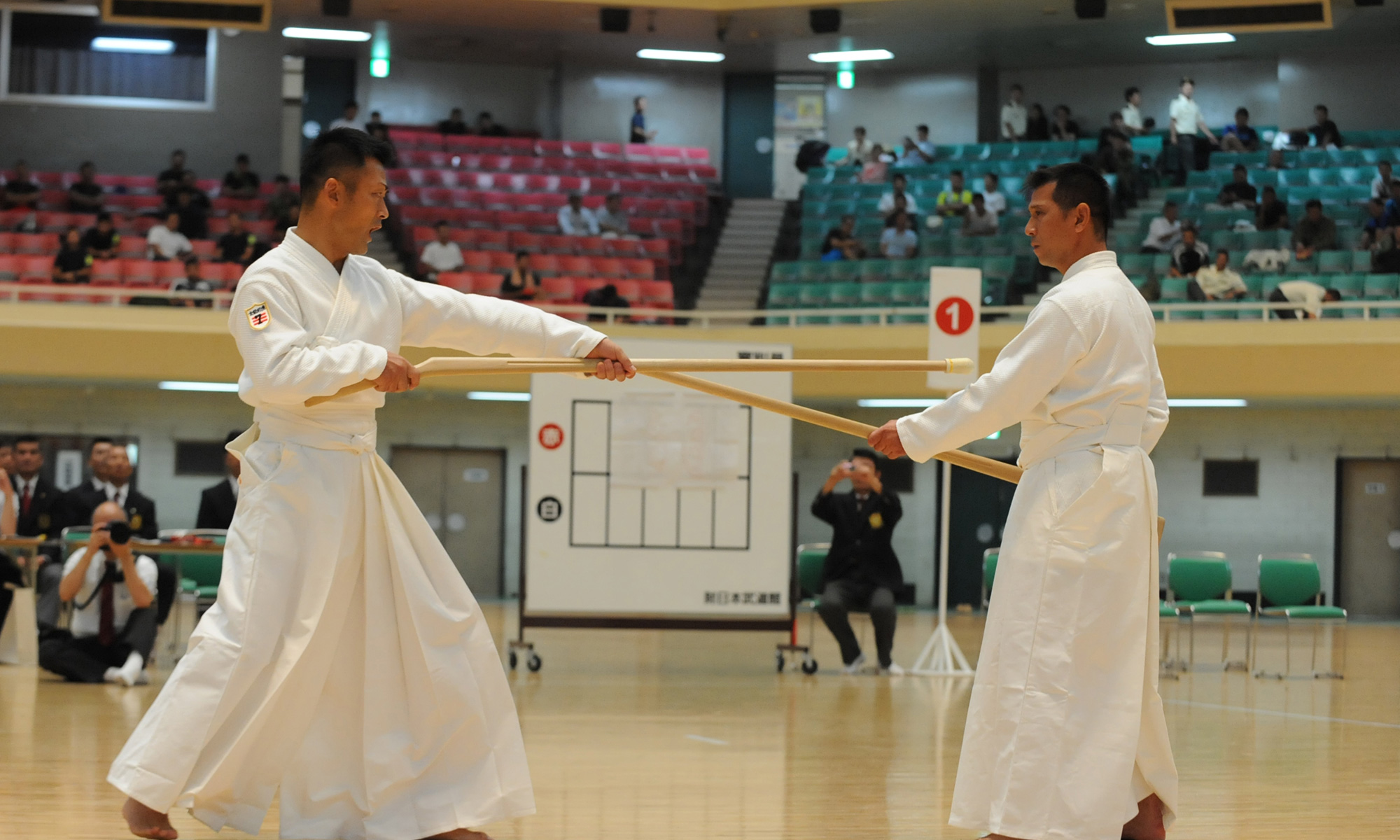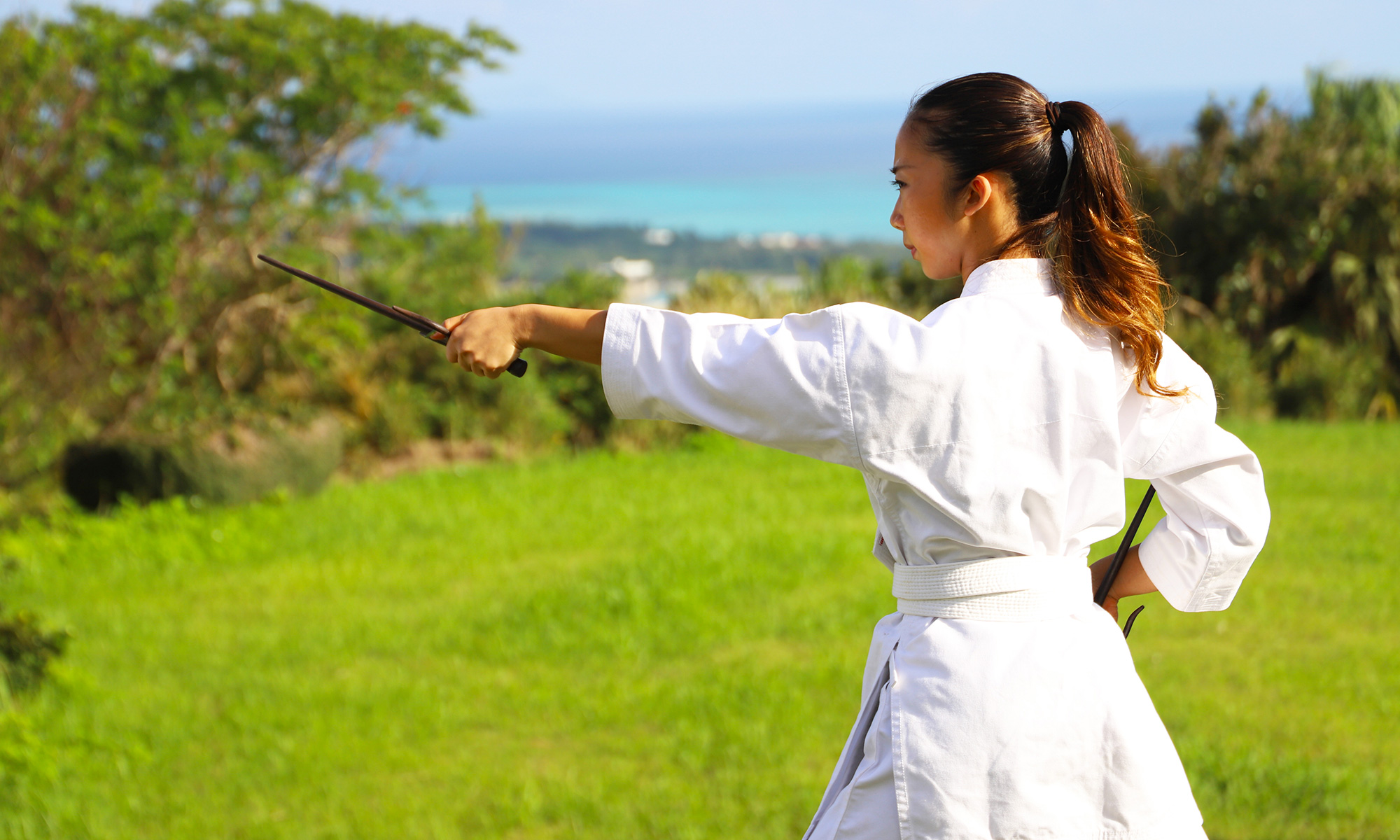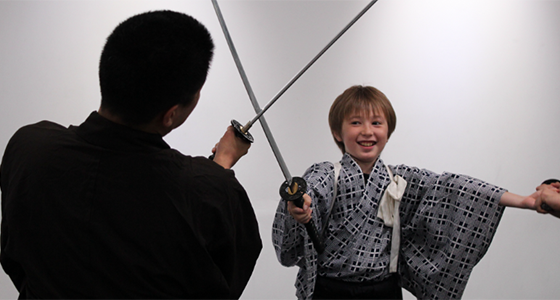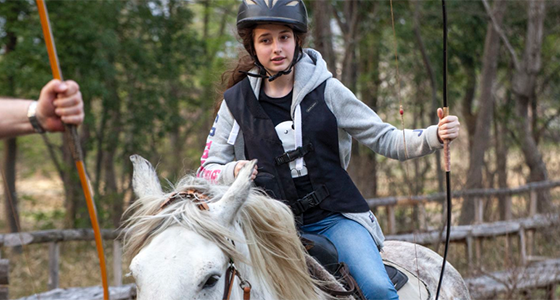Budo that have been well known in Japan since ancient times include judo, kendo, karate, kyudo, sumo, aikido, shorinji kempo, naginata halberds, and jukendo.They can be experienced at many places across Japan.


Initiatives in Japan
Budo refines your personality, enhances your morality, and respects civility. It is characterized by its ability to nurture the spirit in addition to martial techniques, and it is highly esteemed abroad as well.


Together with the budo experience, you can enjoy sightseeing in the surrounding area. Through visiting picturesque spots and cultural and historical places, you can gain an increased sense of Japan.



- Yamagata
- Fukushima
- Tochigi
- Ibaraki
- Tokyo
- Wakayama
- Kagawa
- Ishikawa
- Kyoto
- Hyogo
- Osaka
- Hiroshima
- Shimane
- Kumamoto
- Okinawa

OTHER


- Yamagata/Murayama Iai Shinbukan(Iaido)
- Ibaraki/Japanese Traditional Mounted Archery Yabusame(Yabusame)
- Tochigi/Kyubajutsu Reiho Ogasawara Kyojo(Yabusame)
- Tokyo/Toyama Bizenkai(Iaido)
- Tokyo/AYUMU OSHIRO's Martial Arts School(Samurai experience)
- Tokyo/Sword fight lesson SAMURAI’ve(Swordfight experience)
- Tokyo/Musashi Ninja Clan(Ninjutsu)
- Tokyo/Mirai Creation Company Co., Ltd.(Ninjutsu)
- Ishikawa/Learn about samurai culture and the spirit of bushido Kanazawa Budo Tourism Project(Swords)
- Kyoto/Waraku(Sword)
- Kumamoto/Kumamoto Bushido Tourism Association(Iaido)
- Okinawa/FM Kumejima(Ryukyu Kobudo)
Kyubajutsu Reiho Ogasawara Kyojo
Yabusame, a practice in which archers shoot through targets from atop galloping horses, has a very long history, and can now be seen in Shinto rituals at shrines. Kyubajutsu Reiho Ogasawara-ryu (Ogasawara School) has handed archery, horsemanship, and etiquette down from father to son for more than 800 years. At Shogun Stables in Nikko City, Tochigi Prefecture, you can experience Yabusame under the guidance of experienced staff who are well versed in the techniques and teachings of the Ogasawara school.


Murayama Iai Shinbukan
Iaido uses Japanese swords to train swordsmanship and spirit. Its founder, Hayashizaki Jinsuke Shigenobu, was born in 1542 in Hayashizaki village, Ushu Tateoka (the current Hayashizaki, Murayama City). The dojo adjacent to Iai Shrine (official name: Kumano Iai Ryo Shrine) offers Iaido experience programs. The trial cutting (shizan) experience is a popular program to learn the shape of Iaido and Shohatto from high grade instructors and cut a tatami-tube with real swords. In addition, demonstration and trial cutting tour programs are held. Powerful swordsmanship using real swords is a sight to see.

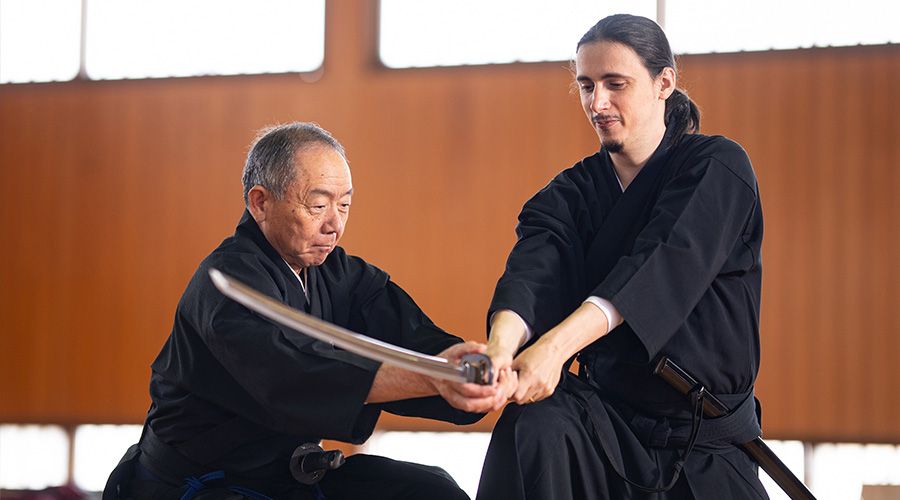
Arukikata
Sumo, which is closely related to Japanese traditional culture and spiritual culture, is a prestigious budo that has been handed down from Japanese mythology to the present day. The appearance of sumo wrestlers has not changed since the Edo period (1603-1868), and today many foreign wrestlers are also active, making sumo increasingly well-known abroad. If you participate in a program that visits the morning practice at sumo stables in Sumida City, Tokyo, which is a sacred place for sumo, or a program that visits Izumo City, Shimane Prefecture, the place where sumo is said to have originated, you will be able to experience the depth of sumo even more.


FM Kumejima
Ryukyu kobudo is an ancient Okinawan martial arts with weapons that uses sticks and nunchaku to practice kata (form). On Kume Island, where Shinken Taira, who is said to be a leading figure of Ryukyu kobudo, was born, you can actually experience kobudo. Kume Island, the entire island of which is also an Okinawa Prefectural Natural Park, is a beautiful remote island with many scenic spots. You can experience Ryukyu kobudo with nature at such a scenic spot, which is unique to Kume Island. The experience-based program with the view of the crystal clear ocean in the distance will heal you with every breath, and if you participate in the morning yoga program based on the same breathing theme, you can experience an even greater healing effect.


Learn about samurai culture and
the spirit of bushido
Kanazawa Budo Tourism Project
The Kaga domain, known as Kaga Hyakumangoku (Kaga 1 million koku) during the Edo period (1603-1868), was the second largest taihan (domains of feudal lords who were granted 10,000 koku or more by the shogun during the Edo period) after the Tokugawa shogunate family. Inheriting this history, Kanazawa still has crafts such as gold leaf and kaga yuzen, performing arts such as noh and geiko culture, and samurai culture such as the tea ceremony and other traditional arts, and various budo can also be experienced. With the full cooperation of the Ishikawa Prefecture Kyudo Federation, you can experience kyudo while wearing hakama at the authentic kyudo hall that is also used in tournaments. You can experience kendo with guidance from a 7th dan kendo master and see the swords actually possessed by samurai.
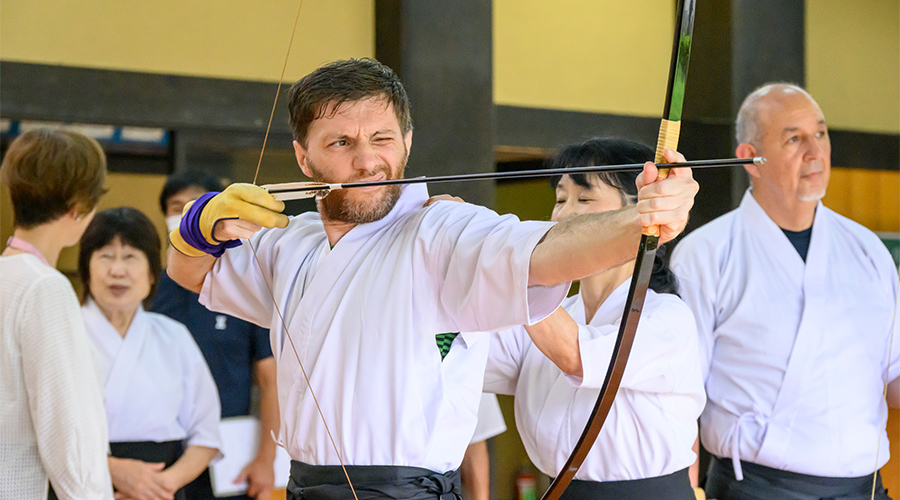
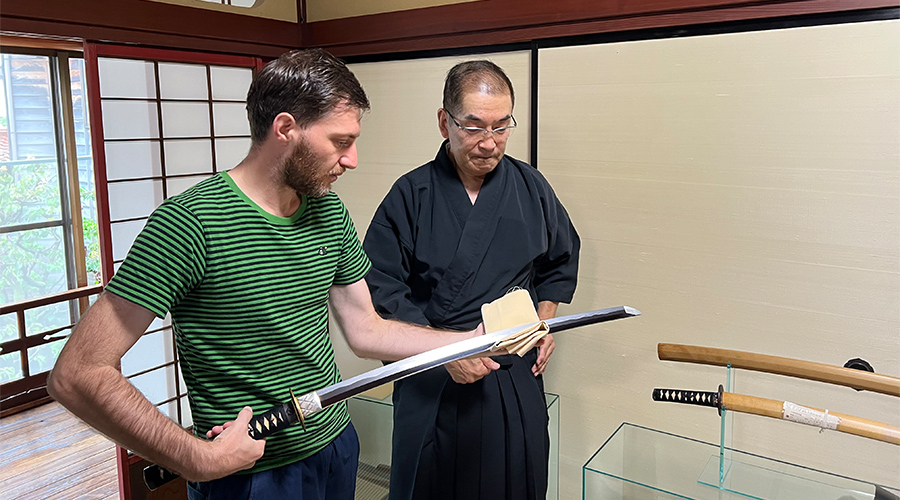
Tanabe City Kumano Tourism Bureau
Aikido is a modern budo that was founded by Morihei Ueshiba, who studied traditional Japanese martial arts and then went on to establish aikido through rigorous spiritual training. Popular in about 140 countries and regions, it now has many fans not only in Japan but all over the world. In aikido, practitioners practice together regardless of age, gender, and so on, and do not compete with each other. In the practice, uke (who applies the technique) and tori (who receives the technique) train their mind and body by exchanging techniques.
In Tanabe City, Wakayama Prefecture, where Morihei Ueshiba, the founder of aikido, was born and raised, you can experience aikido under easy-to-understand guidance.

Okinawa Dento Karatedo Shinkokai
Karate has been developed over centuries as a unique budo fusing the traditional
Okinawan art of te with Chinese budo, etc. (*There are various theories.) It later spread around the world, and today there are more than 130 million karate aficionados worldwide.
The four main schools of contemporary Okinawa Karate are Shorin Ryu, Goju Ryu, Uechi Ryu, and classical budo using weapons such as poles, nunchakus, and sai. Many travelers from around the world take part in the wide range of training programs available, including not only regular evening training in the dojo but also morning training and introductions to the four main schools of Okinawa Karate.

sumo experience.com
Sumo is a sport that respects the courtesy of beginning and ending with rei. Sumo wrestlers' actions also have various meanings. Showing their palms with extended hands wide to the right and left is said to convey to the opponent that they will compete fairly and squarely without weapons, and the sprinkling of salt is said to purify evil spirits. An experience program to convey the essence of sumo accurately and honestly to overseas visitors is available. The program focuses on that sumo has aspects of competition as well as traditional culture as a Shinto ritual. You can experience the charm of prestigious sumo.
